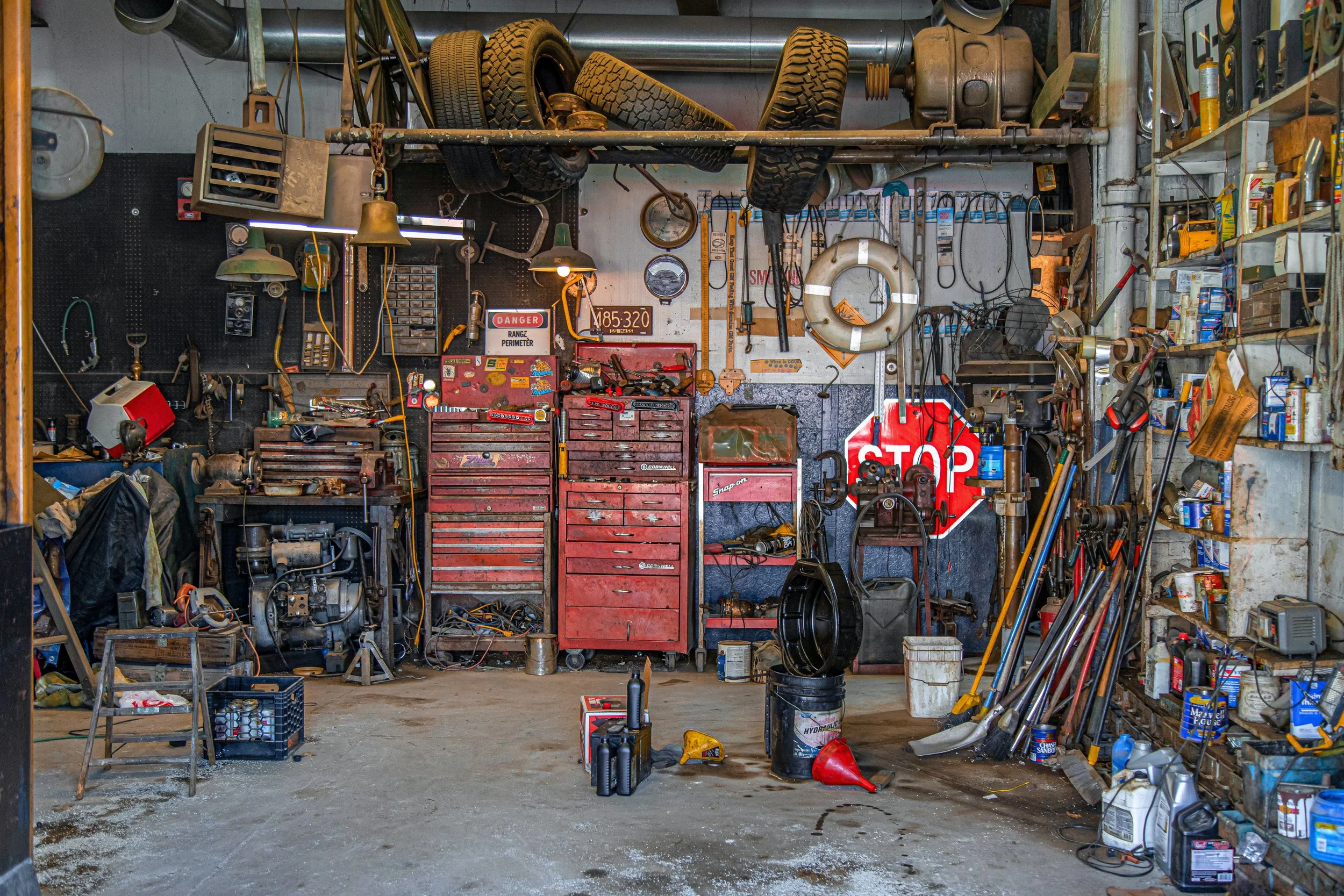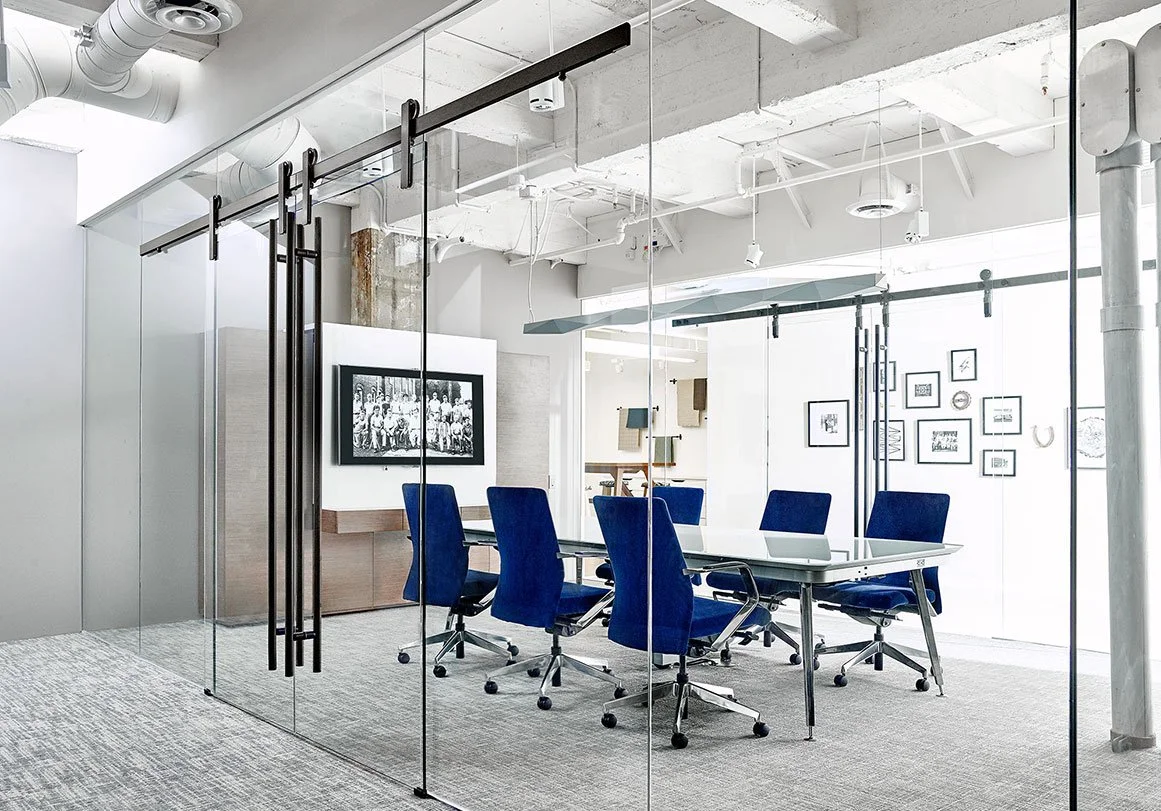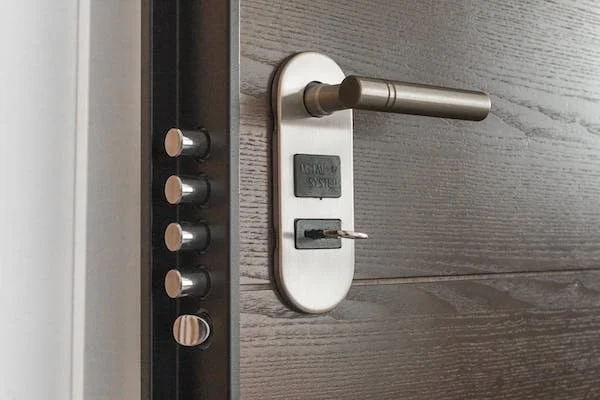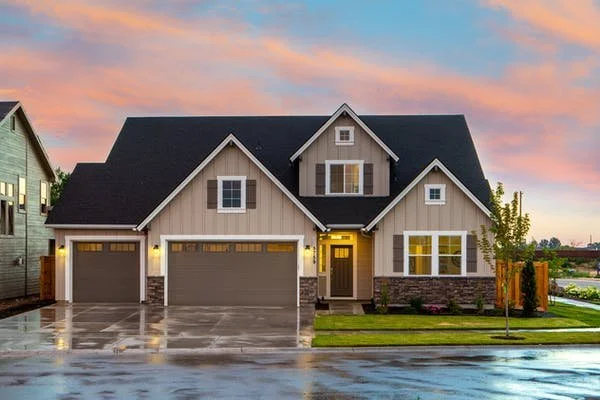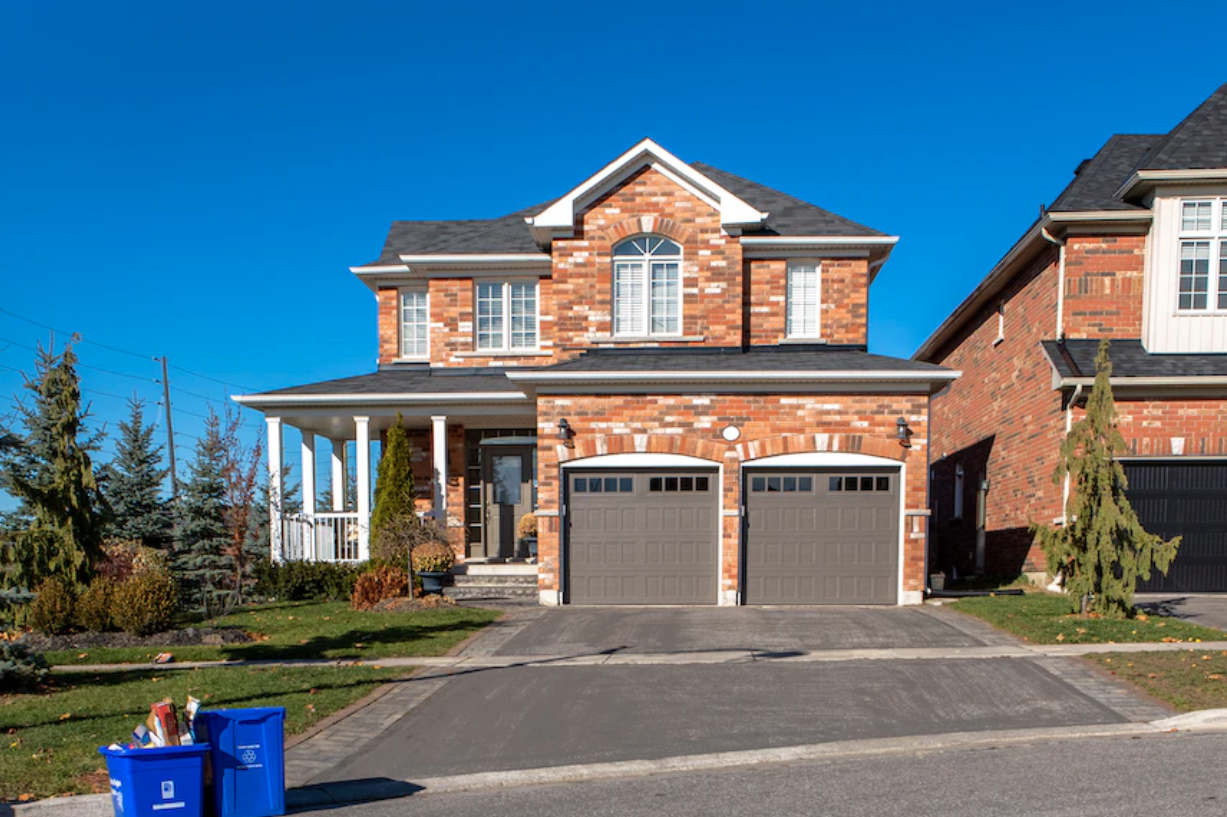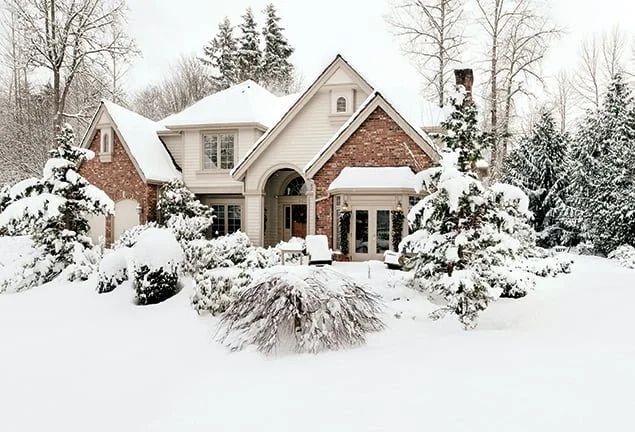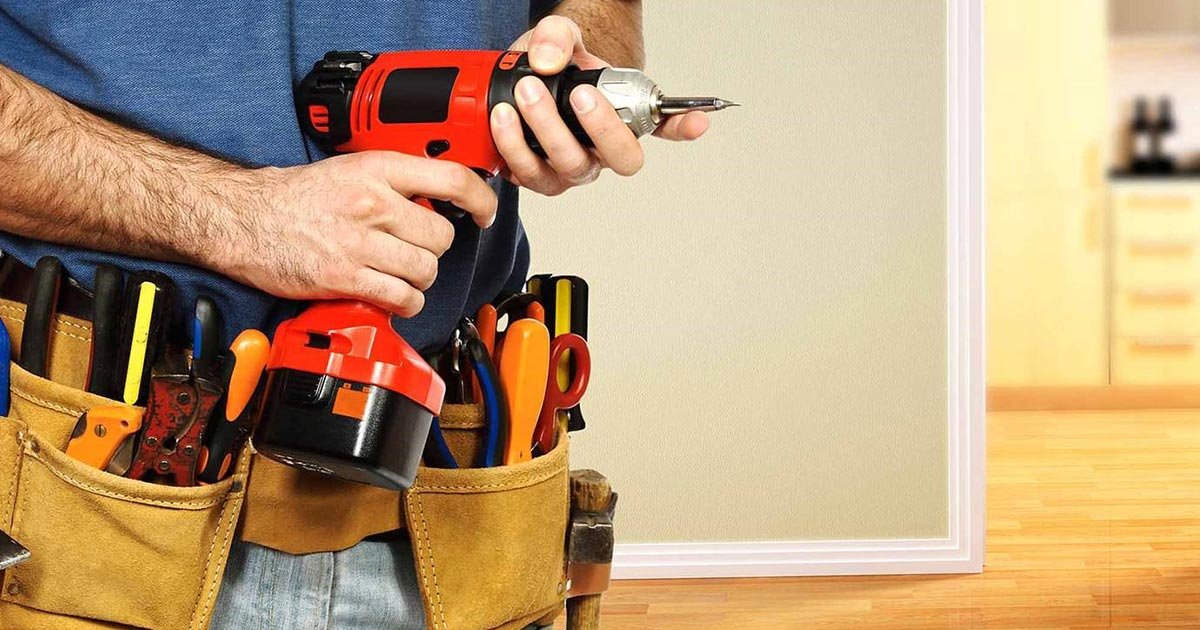Owning a house is undoubtedly rewarding. After all, it’s a piece of property that you can call your own. You can shape it to your liking without having to adhere to the rules and regulations of a rental agreement.
However, you're also the sole responsible party when it comes to maintenance and repairs. From changing the furnace filter to fixing a leaky faucet, there’s always something that needs to be done around the house.
To avoid costly and time-consuming mistakes, follow the home maintenance checklist below. Checking your windows and doors, testing your smoke detectors, and examining your plumbing system on a regular basis will help you keep your home in tip-top shape.
This list is designed to help you track your home’s most important maintenance needs.
Inspect Windows and Doors
Windows and doors are the two main entry points for outside air and pests. Over time, the weatherstripping on these doors and windows can become worn down, allowing cold air to enter your home in the winter and hot air to enter in the summer. This can cause your utility bills to skyrocket.
To ensure that your windows and doors are properly sealed, conduct a quick inspection of all of the seals at least once a year. Here's what to look for:
● Gaps around the perimeter of the door
● Cracks in the door frame
● Missing or damaged weatherstripping
● Loose or damaged hardware
If you find any damage, make the necessary repairs as soon as possible, or contact a professional. If they determine that it’s time to replace a window or a door, don’t try to save money on it. Head to https://sunluxroofwindows.co.uk/24-flat-roof-windows or a similar website and choose what’s best for you and your house.
Organize Your Workshop
If you like DIYing and you have a dedicated space for your projects, chances are you’ve run into problems such as clutter and disorganization. This can lead to some problems such as not being able to find the tool you need, or not having enough space to work, not to mention a safety hazard.
To avoid such issues, make sure that your workshop is well-organized. Here’s what you should do:
● Repair your tool and other equipment. Whether it's about new turning parts for your CNC machine, replacing a worn-out belt for your wood lathe, or even checking if your drill bit is still razor sharp, from time to time, you need to repair your tools. If you don’t have the time or the expertise, hire a professional to do it for you.
● Identify the tools and equipment you use most often. Organize them based on the frequency of use. Keep the tools that are used less frequently in boxes or cabinets.
● Sort your tools according to type. For example, keep all of your hammers in one place, and all of your screwdrivers in another.
● Create a system of organization based on where you store each tool. For example, if you hang up your hammers, keep the ones that are used more often at eye level, while those that are used less often at the back of the workshop.
Check Smoke Detectors
Smoke detectors are an essential part of any home’s fire safety system. These devices should be tested monthly to ensure that they’re working properly.
To test a smoke detector, simply press the test button. If the alarm sounds, the detector is working properly. If the alarm doesn’t sound, replace the batteries and test again.
If your smoke detector is more than 10 years old, it should be replaced entirely.
Examine Plumbing System
Leaky pipes and clogged drains are never fun to deal with. To avoid these common plumbing problems, take a few minutes each year to inspect your home’s plumbing system.
Here are a few things to look for:
● Leaks around fixtures or pipes
● Slow-draining sinks or tubs
● Discolored water
● Unusual noises coming from the plumbing
If you notice any of these issues, contact a professional plumber as soon as possible. Ignoring these problems will only make them worse and lead to more expensive repairs down the road.
Service Your HVAC System
Your HVAC system is one of the most important appliances in your home. Not only does it keep your family comfortable year-round, but it also plays a vital role in your home’s overall energy efficiency.
To keep your HVAC system running smoothly, schedule a professional tune-up at least once a year. During this service appointment, a technician will clean the unit, inspect all of the parts, and make any necessary repairs.
While you’re at it, take a look at your home’s insulation and make sure that there are no gaps or holes. Proper insulation will help keep your home’s temperature consistent, which will reduce wear and tear on your HVAC system.
Clean Gutters and Downspouts
Gutters and downspouts play a vital role in protecting your home from water damage. These devices remove water from your roof and redirect it away from your home’s foundation.
To prevent water damage, it’s important to keep your gutters and downspouts clean and free of debris. The best way to do this is to inspect them on a quarterly basis and remove any leaves, twigs, or other debris that you find.
If you live in an area with a lot of trees, you may need to clean your gutters more often.
Inspect the Chimney and Fireplace
If you have a fireplace, it’s crucial to inspect the chimney on a yearly basis. Creosote, a byproduct of combustion, can build up on the walls of the chimney and create a fire hazard.
To remove this buildup, hire a professional chimney sweep to clean your chimney once a year.
While you’re at it, take a look at the fireplace itself and make sure that there are no cracks in the firebox or damage to the hearth. These problems can be both unsightly and dangerous.
Check the Foundation
Foundation issues are some of the most costly repairs homeowners have to deal with, not to mention that they can even be dangerous. To avoid these problems, it’s vital to inspect your foundation at least once a year and be on the lookout for any cracks or other damage.
If you find any damage, contact a professional foundation repair company as soon as possible. Ignoring these problems will only make them worse and lead to more expensive repairs down the road.
Check the Roof
The roof needs to be in good condition to protect the rest of the structure and your belongings from the elements. To ensure that your roof is in good shape, inspect it at least once a year and look for any missing, damaged, or loose shingles.
As soon as a problem arises, you have to address it to avoid more significant damage in the future. Depending on the severity of the issue, you may be able to fix it yourself, or you may need to hire a professional roofer.
The Bottom Line
If you own a home, it’s your responsibility to keep it well-maintained. And so, it’s crucial to have a home maintenance checklist that you can refer to on a regular basis. By taking the time to inspect your windows and doors, test your smoke detectors, examine your plumbing system, and service your HVAC system, you can keep your home in good condition for years to come.
If you have any concerns about the maintenance or repairs that your home needs, don’t hesitate to contact a professional. They can help you assess the situation and determine the best course of action.










